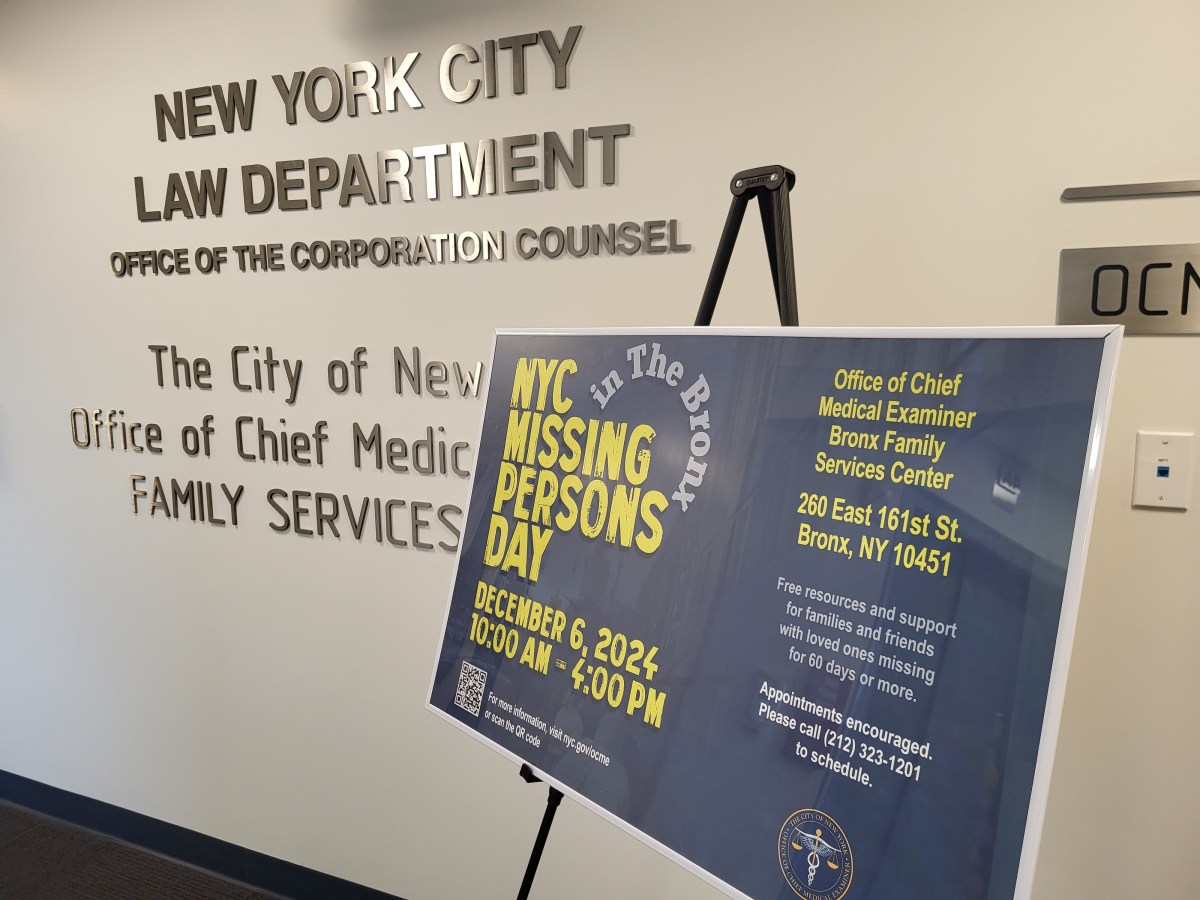The news industry is in flux, and has been for the last six or seven years. That’s no secret — certainly not anymore.
Some things, however, remain constant, foremost among them, the demand for solidly reported local news. That’s why, even though daily newspapers are taking serious hits in circulation, community weeklies are continuing to thrive.
This past weekend, The Villager hauled in an impressive nine awards in the 2012 Better Newspaper Contest. Speaking to a well-rounded paper, we were recognized for excellence in a wide range of categories, from news coverage and feature story writing to arts coverage and photography, plus, of course, editorial cartoons by Ira Blutreich.
It was gratifying to see Jerry Tallmer win first place for Best Column. A founding editor of the Village Voice and later an all-purpose newspaperman for the New York Post, Tallmer, 92, has interviewed just about everyone and anyone of note in the last six or seven decades. His insightful columns artfully interweave history and current events and are always beautifully written. The award could not have been more well-deserved.
At the convention, as has been the case for the last several years, discussions among publishers, editors and reporters largely centered on the print vs. digital issue.
Yes, solely online news outlets are now an established part of the mix of how readers get their local news in New York City and elsewhere, and some of them do a good job. And yet, the largest of these outfits in New York has failed to turn a penny of profit three years after its startup. Beyond that, there are some fundamental differences between online news outlets, blogs, etc. and print newspapers. Whereas online reports tend to be shorter, “quick hit”-type pieces, weekly papers like The Villager and our sister papers at NYC Community Media tend to have longer, more informative articles that place stories firmly in context. We provide deeper coverage. We’ll look at more of the angles and nuances of an issue, flesh it out. We’ve been around and know our beat.
As a matter of fact, we’re proud to report that this month marks The Villager’s 80th anniversary! We’re planning a special anniversary supplement that will appear later in the year.
Another of our strengths is that we have unique stories. Each week The Villager strives to bring you local news that you won’t find anywhere else. That’s one way to separate ourselves from the pack in an era of media homogeneity.
And print definitely continues to pack a punch. Our recent editorial “Landmark, then rezone,” advocating for the city to designate the South Village before residentially rezoning Hudson Square, was a big boost to the cause, according to Andrew Berman, director of the Greenwich Village Society for Historic Preservation. G.V.S.H.P. and a coalition of community groups also helped pressure the City Council and the administration by taking out two full-page print ads in The Villager. It definitely pays to advertise.
There’s no doubt, though, that there’s a two-track split in how news is being consumed. Younger readers are more apt to read news on their smartphones or tablets, while many older readers still prefer print. One can ask what this all means, in that online reports do tend to be shorter, less meaty. Is our collective attention span shrinking?
Some predict a coming clampdown of pay walls that will change how we think of free content on the Web. The Villager does of course have an active online presence, including Facebook and Twitter. The Villager’s online content is free and we’re not looking to ask readers to pay anytime soon. Basically, like the title of the Joe Strummer documentary “The Future Is Unwritten,” no one knows exactly what the news industry will look like in five years. All we know is that The Villager is still going strong — covering the best beat and the best neighborhoods around — and that we’ll continue to work hard “writing the future,” reporting on whatever the future holds.


































